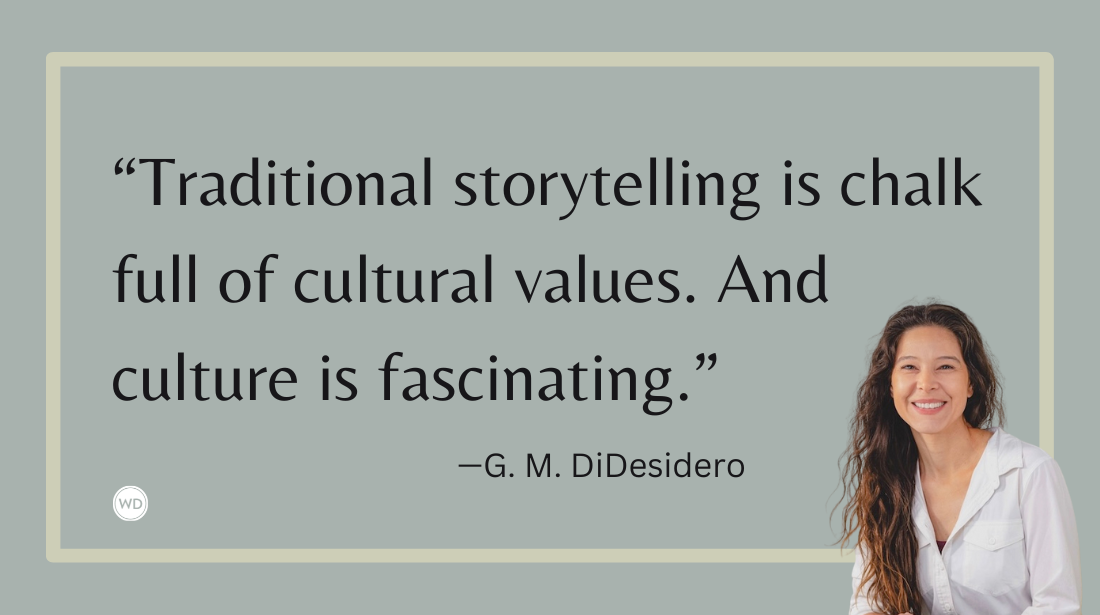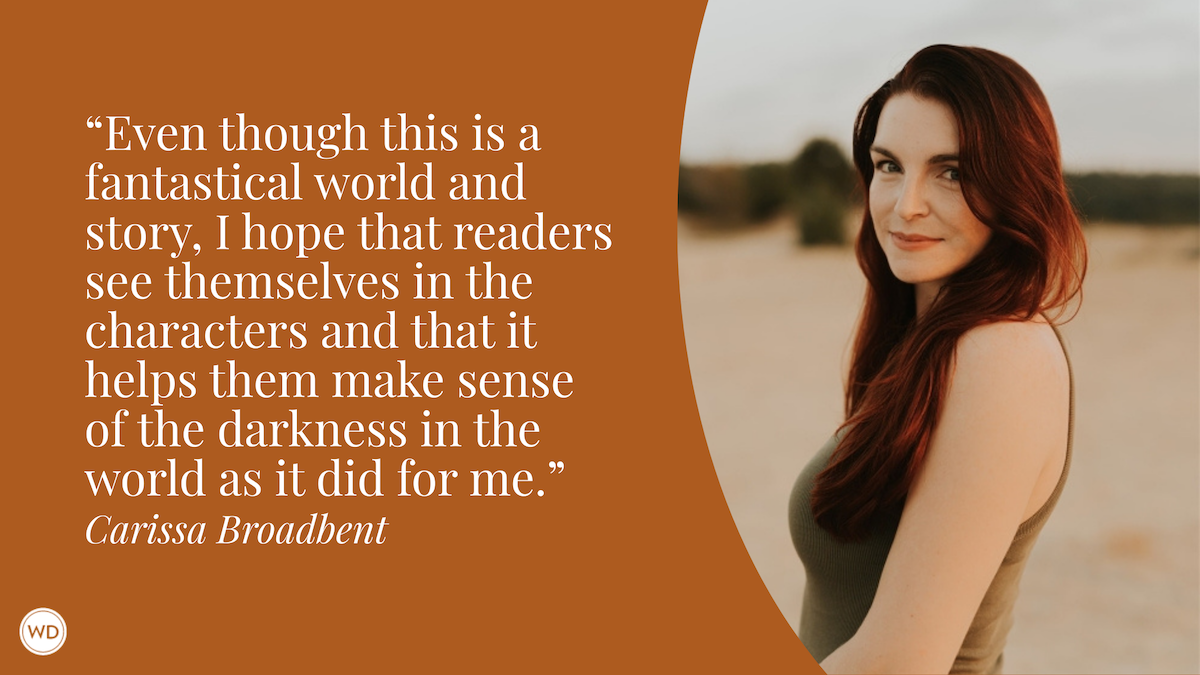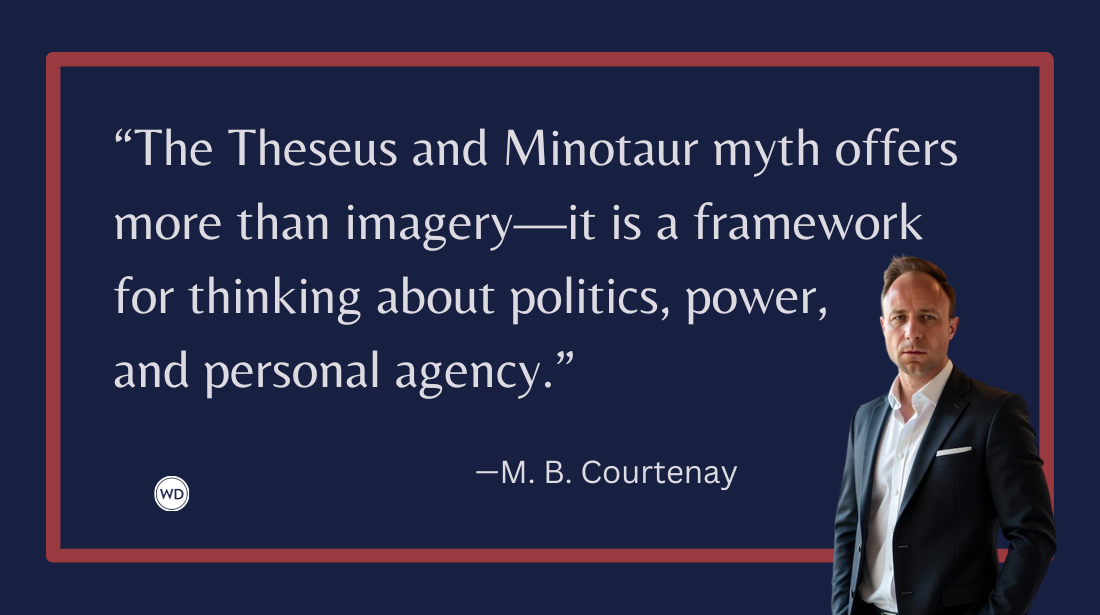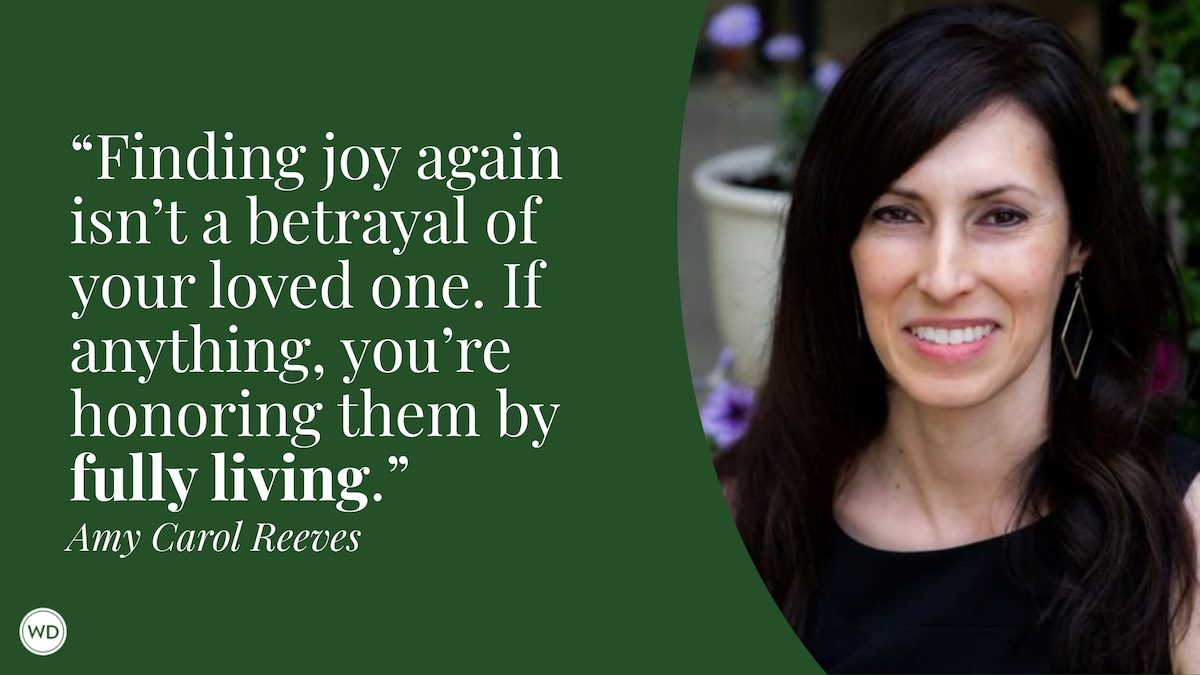Crafting Action For Thrillers
Hi All! Barbara Poelle again….remember yesterday how I was salivating for a new thriller author? I asked my author Nick Petrie (THE DRIFTER, Putnam, out this week!) how he hooked…
Hi All! Barbara Poelle again….remember yesterday how I was salivating for a new thriller author? I asked my author Nick Petrie (THE DRIFTER, Putnam, out this week!) how he hooked me in…here’s what he had to say.
About Nicholas Petrie: He received his MFA in fiction from the University of Washington, won a Hopwood Award for short fiction while an undergraduate at the University of Michigan, and his story “At the Laundromat” won the 2006 Short Story Contest in The Seattle Review, a national literary journal. A husband and father, he has worked as a carpenter, remodeling contractor, and building inspector. He lives in Milwaukee, and The Drifter is his first novel.
How do you craft an action scene? Do you begin in your head, in an outline, or on the page?
An action scene starts for me when one of my characters gets himself into trouble. And I feel for the guy, I really do. But my position is this: he got himself into that mess, now he’s got to get himself out.
In other words, I always begin by asking myself, what would that character do?
Sometimes I know exactly what I want to happen, make a plan, and write forward from there. But that’s rare. Usually I have to feel my way forward until I figure out what needs to happen. For example, in a scene in The Drifter, my protagonist, Peter Ash, realizes that another character is waiting to ambush him. Peter is on foot, with no weapons but his wits. The other character is in a car, with a pistol. So how would Peter solve that particular problem?
I worked through a few variations – a frontal attack, an escape, a flanking maneuver – until I found one that seemed right for that character at that moment in the story. It helped that I could include a moment of humor with an improvised weapon. Then I went back and revised, again and again, until the scene really hummed. I often read aloud as I revise – these scenes should move very quickly, and hearing the work is a great way to streamline the prose, to find and improve every area where the words draw your attention away from the action.
Have you ever cut a scene you loved due to pacing? Why?
All the time, unfortunately. Then my excellent editor points out additional scenes I loved too much to cut. Out comes the knife!
The problem is falling in love with your own words – don’t do it, man. Fall in love with the story. If the scene doesn’t help the story, out it goes. I do have a secret weapon that helps when I can’t bring myself to remove something wonderful – I don’t actually delete it. I just move it to a document with other sad scraps, where it lives on, available for the time its valuable contribution will be needed, which is never.
I also improve pacing by working on my prose, because tight writing moves faster. Every scene, every paragraph, every sentence, every word must be present for a purpose – to advance the character and the story, ideally at the same time. I once cut a five-page scene over and over until it became two short paragraphs. Then I cut the two short paragraphs. Some days are better than others.
If all else fails, I read Elmore Leonard’s a wonderful essay, “10 Rules of Writing”. Rule 10 is, “Try to leave out the part that readers tend to skip.” Words to live by.
How do you balance the need for action with character and story development?”
It’s all about character. Character drives the story, and the story drives the book. I don’t think about where the action should go, or how much there should be, until it’s required by the characters. When I find myself adding conflict just because I’m afraid that the reader might get bored, I know I’ve taken a wrong turn somewhere.
But I write crime fiction, so some kind of action is inevitable. It helps that my main character has a lot of restless energy, so GO is generally his default setting. My goal is to find the most appropriate and interesting way to get to the next place in the story, although that makes it sound more premeditated than it actually is. My writing process tends to include a fair amount of trial and error.
It’s fun to figure out a way to make something happen that will get the reader involved on a visceral level. When written well, an exciting scene on the page will actually have a physical effect on the reader – your heart will beat faster, your adrenaline will start to flow. This is why a good book can make you stay up all night, even though you know you’re tired.
Do you research fighting styles and weapons?
Like any grown man who is really a 14-year-old boy at heart, I’m a sucker for minutia. As a writer, finding the right detail is priceless, so I do a lot of research, even if most of it never ends up in the book.
I’m not a karate master, I didn’t box in college. My last fistfight was in middle school – he kicked my dog, it wasn’t pretty. Also, I was a carpenter for many years, and I’m still a very physical guy, so I’m pretty comfortable thinking about the ways people might harm each other.
Marines train in a wide variety of hand-to-hand combat, and Peter Ash, my protagonist in The Drifter, has all those skills. But temperamentally he’s a street fighter, an improviser, looking to do maximum damage in as short a time as possible. He has a powerful sense of right and wrong, but he’ll hit you with a folding chair if it’ll do the job. Not incidentally, this approach has the added benefit of saving me years of training in the dojo.
As to weapons research, I don’t own a gun, and unlike many of my fellow Wisconsinites, I didn’t grow up hunting. When I started writing The Drifter, I’d only fired a shotgun and a .22 rifle, briefly and many years ago. But now I’ve been to the gun range several times, trying quite a few kinds of weapons.
But that’s an amateur’s experience. An infantryman who has spent years using firearms in his daily work will have a different experience – his weapon is just a tool for the job at hand. A soldier is more likely to think about his rifle the way I think about my circular saw – dangerous as hell if you’re not paying close attention, but after many years of practice, close attention is just built into the use of the thing.
How do you keep action from becoming cartoonish?
I try to write about realistic people doing realistic things. Or as close as I can get, given that I’m trying to write a suspenseful crime novel. So my goal is for every action sequence to have a character-driven motivation and a character-related consequence. So everything must contain real feeling, real emotion. I also try generally to obey the laws of physics.
The prose must be utterly clear. The minute the reader isn’t sure what’s happening, you’re lost. And as with all writing, you have to make some choices. One man with a can opener taking out a dozen ninjas with samurai swords? That could be a great story, and funny as hell, but definitely more of a cartoon. Two beefy guys trying to pound my protagonist outside a bar? That’s more my kind of thing. And a lot easier to keep grounded in reality.
It’s also important for the writer to set the stage for what’s coming – this is, again, about character. How have I prepared the reader for my protagonist’s ability – or inability – to handle the beat-down, both physically and emotionally? What about his reaction to his success – or failure? If you really nail your characters, and their actions are consistent with who they are, you can keep your reader in the moment, and get their own adrenaline pumping – because when you’ve really done your job as a writer, the reader isn’t just reading, he’s living inside that moment along with your characters.
Other writing/publishing articles & links for you:
- Here are 4 things to consider when researching literary agents.
When can you refer to yourself as "a writer"? The answer is NOW, and here's why.
- What to write in the BIO section of your query letter.
- Here are 7 reasons writing a novel makes you awesome.
- New Agent Alerts: Click here to find agents who are currently seeking writers.
- Download a year's worth of writing prompts right here.
Get Feedback (from an Agent) on Your Plot for One Flat Price
You'll Love This Plot Critique Service If:
—You're looking for a professional critique of your plot
—You want to know what an agent thinks about the strengths and weaknesses of your plot
—You want a clear idea of how to revise your plot to ensure the most compelling story
Thanks for visiting The Writer's Dig blog. For more great writing advice, click here.
Brian A. Klems is the editor of this blog, online editor of Writer's Digest and author of the popular gift bookOh Boy, You're Having a Girl: A Dad's Survival Guide to Raising Daughters.
Follow Brian on Twitter: @BrianKlems
Sign up for Brian's free Writer's Digest eNewsletter: WD Newsletter
Brian A. Klems is the former Senior Online Editor of Writer’s Digest, and author of Oh Boy, You’re Having a Girl (Adams Media/Simon & Schuster). Follow him on Twitter @BrianKlems.









